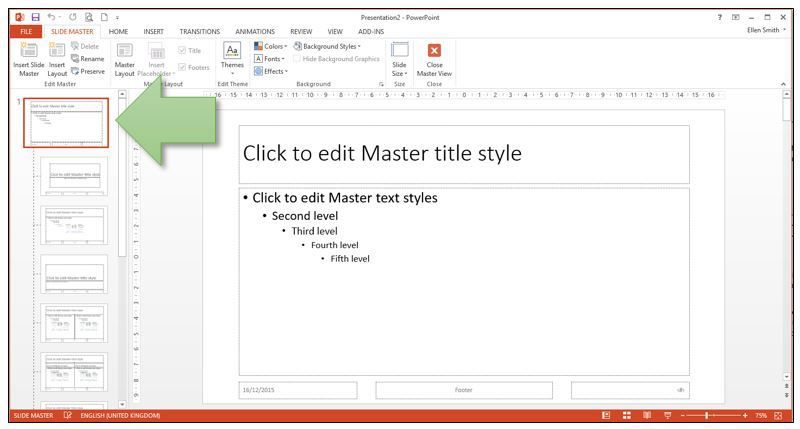How Could Executive Coaching Improve Your Business?
- By Ellen Smith
- •
- 18 Mar, 2016
- •
Executive coaching is a developing field. As such, its definition is still the subject of discussion and debate among practitioners, researchers, and consumers. Executive coaching involves an executive, his coach, and his organisation. All are key stakeholders in the process, and together, aim to focus on the needs and goals of both the executive and the sponsoring organisation.
Over the last 5 years or so, businesses have been putting increasing pressure on leaders to ‘do more with less’, executives and CEOs expected to work harder and longer in this competitive global business environment. Therefore it is a critical time for leaders to establish clear and defined initiatives within their team, as well as identify areas for improvement. Here are 5 reasons why your business could benefit from executive coaching:
1/ A fresh set of eyes
The honest assessment of an outsider on your organisation’s business culture can be hugely beneficial. Our coaches’ experience and expertise enables them to identify the common behaviours, traits or policies that may be supporting a negative culture in your business, and provide some tactical solutions to how you can improve. An outer perspective from your executive couch is also incredibly useful to provide fresh insights and a unique perspective on your ideas.

2/ Optimising your time
Discussing your role and responsibilities as an executive with a coach can highlight how you should be utilising your time to the best outcome. Delegating can often be a key problem within a busy team; a coach can give a detached examination of how the responsibilities are being shared.
3/ A secure outlet
Frustrations in the office are always common, however you have to be wary of how and where you vent these issues. An external coach can be a safe and secure outlet for ‘venting’, without jeopardising any organisational relations or morale. A detached response to these frustrations can often be illuminating and reassuring.
4/ Assessing leadership strengths
The previously discussed benefits for the organisation are only achievable if the executive him/herself feels motivated and confident in their position. The personal development that executive coaching encourages can have a huge impact on your organisation both in the short and long term. In developing personal skills, leadership attributes and business awareness, more open, honest and supportive relationships between the executive and their team will arise. Through good relationships and less conflict, the organisation becomes tangibly more efficient and successful. In the long term, producing managers of such a high leadership calibre encourages more junior members of the team to aspire for leadership positions in the future.

5/ Personal Goals
Discussing with the leader their home/work balance, their career goals and their personal lifestyle may seem to veer more towards life coaching, but these aspects can affect the self-belief and motivation of the executive, which can then ricochet onto others in the team. An improved team relationship can blossom through discussing these issues with both the executive, and their associates.
Eureka offers team or one-on-one executive coaching in leadership strength, prioritising, business strategy, goal execution, and work-life balance. If you feel that executive coaching could benefit your organisation, don’t hesitate to get in touch for more information and advice.

What is Individual Coaching?
For many individuals, group development coaching is not appropriate for addressing their specific needs within the business, particularly if they hold senior positions with a lot of responsibility. In order to maximise the value and talent that these employees can bring to the company, a one-to-one relationship, completely bespoke to their requirements is essential. Individual coaching responds to them as they outline personal and business goals and challenges, addressing key concerns and constantly reviewing progress.

Here are five top tips to help you do this quickly and easily.
1. Invest time to save time - use the right theme/template
Begin by creating a new presentation based on your company’s theme/template where appropriate. This is key as it will provide your future work with a consistent look and save you valuable time if you need to copy slides from one presentation to another (see point 3 for more on this). Additionally, when other users are involved in customising or re-creating presentations, it ensures you retain a consistent look and can produce tailored content fast!

Along with the new website, you may be aware that we have unveiled a new brand for the company which has given us a fresh new look, fit for the modern technological age and symbolises our continued commitment to the development of our clients. We'll also be expanding our presence on social media networks so watch this space!
As we move on from our old logo, we look ahead with an abundance of positivity to running even more training sessions for our growing list of fantastic clients. We thank you for your on-going referrals and here's to helping you and your teams to develop and become even more effective with the software at your disposal!

Often when people tell us they are having problems getting
the reports they want from their Excel logs or tracking sheets, the heart of
the problem rests with the starting point, the source data, and in particular
the way it’s laid out. They are keen to
make the initial data clear and easy to read but also want to be able to
manipulate the data and get answers fast.
With Excel’s Table functionality your data can still look good and be manipulated and analysed quickly.
Here are six good reasons to try this technique.
1. Clarity
2. Integrated sorting and filtering
3. Headings that are always visible
4. Simple selection and navigation
5. Dynamic data range
6. Automatic analysis
What do you need to get started?
The easiest approach is to keep the initial information in a simple table layout with the headings in the first row and data entered consistently in each column.



